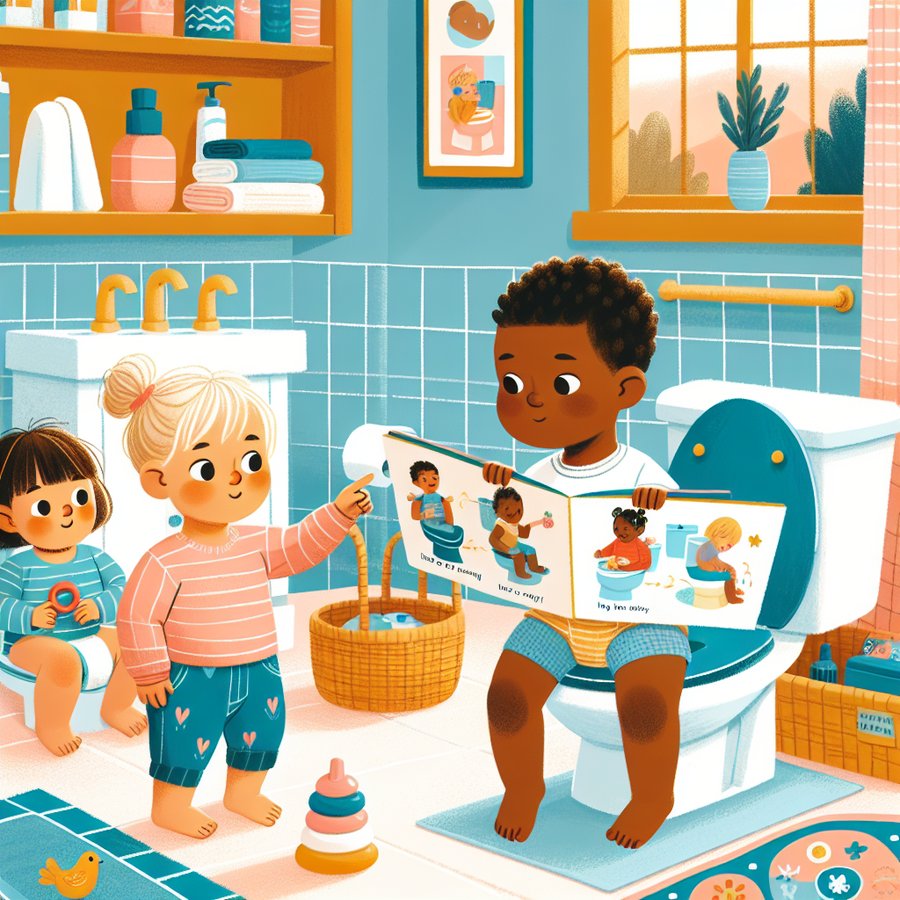Embarking on the potty training journey can be a pivotal milestone for both parents and toddlers. It’s a journey filled with patience, encouragement, and the right strategies. One of the critical aspects of Tips for successful potty training: Recognizing readiness cues, cannot be overlooked. This guide is designed to navigate you through recognizing those crucial cues that suggest your child is ready to begin potty training.
Understanding the Importance of Readiness Cues
Readiness cues are like the green light signaling it’s time to start the potty training process. These cues indicate that your child’s physical and cognitive development has reached a stage where they can begin to control their bladder and bowel movements. Recognizing these cues not only sets the stage for a successful potty training journey but also ensures that the process is as stress-free as possible for your child.
There are several signs of readiness to look out for, including showing interest in the bathroom habits of others, staying dry for longer periods, and being able to follow simple instructions. Understanding these cues deeply impacts the effectiveness of your potty training strategy.
Tips for Successful Potty Training: Recognizing Readiness Cues
To ensure a smooth transition from diapers to the potty, here are some invaluable tips centered around recognizing readiness cues. First and foremost, patience is key. Every child is unique, and recognizing these cues will vary in timing. Encouragement and positive reinforcement play crucial roles in making your child feel supported throughout this change.
In addition to being patient and encouraging, creating a comfortable and stress-free environment is essential. Introducing your child to the concept of using a potty through books or videos can also be incredibly helpful. This preparatory step can make the actual transition much smoother.
Integrating Potty Training into Daily Routines
Integrating potty training into your child’s daily routines can significantly enhance the learning process. This approach not only helps in reinforcing the training but also in making potty use a natural part of their day. Establishing a routine around potty use, such as going to the potty first thing in the morning, after meals, and before bed, can create a predictable pattern for your child.
Moreover, making use of resources and tools designed for potty training can also play a supportive role. Whether it’s a special potty chair or engaging books about potty training, these tools can make the process more engaging for your child. Remember, the goal is to make potty training a positive experience, so keeping it fun and stress-free is imperative.
As we navigate the ins and outs of potty training, it’s important to remember that every child’s journey is unique. By tuning into your child’s readiness cues and approaching the process with patience and understanding, you can lay a strong foundation for potty training success. Along the way, don’t hesitate to seek out additional resources and support to ensure the best possible outcome for you and your little one.
Embarking on this journey with the right knowledge and strategies will not only make the process smoother but also more rewarding for both you and your child. Remember, potty training is not just about leaving diapers behind; it’s a significant step towards independence for your toddler. By recognizing the readiness cues and following these tips, you are setting the stage for a successful and positive potty training experience.
For more information on potty training and other developmental milestones, be sure to visit Baby Whys and Hows, where you’ll find a wealth of resources to support you and your child through every step of the journey.













